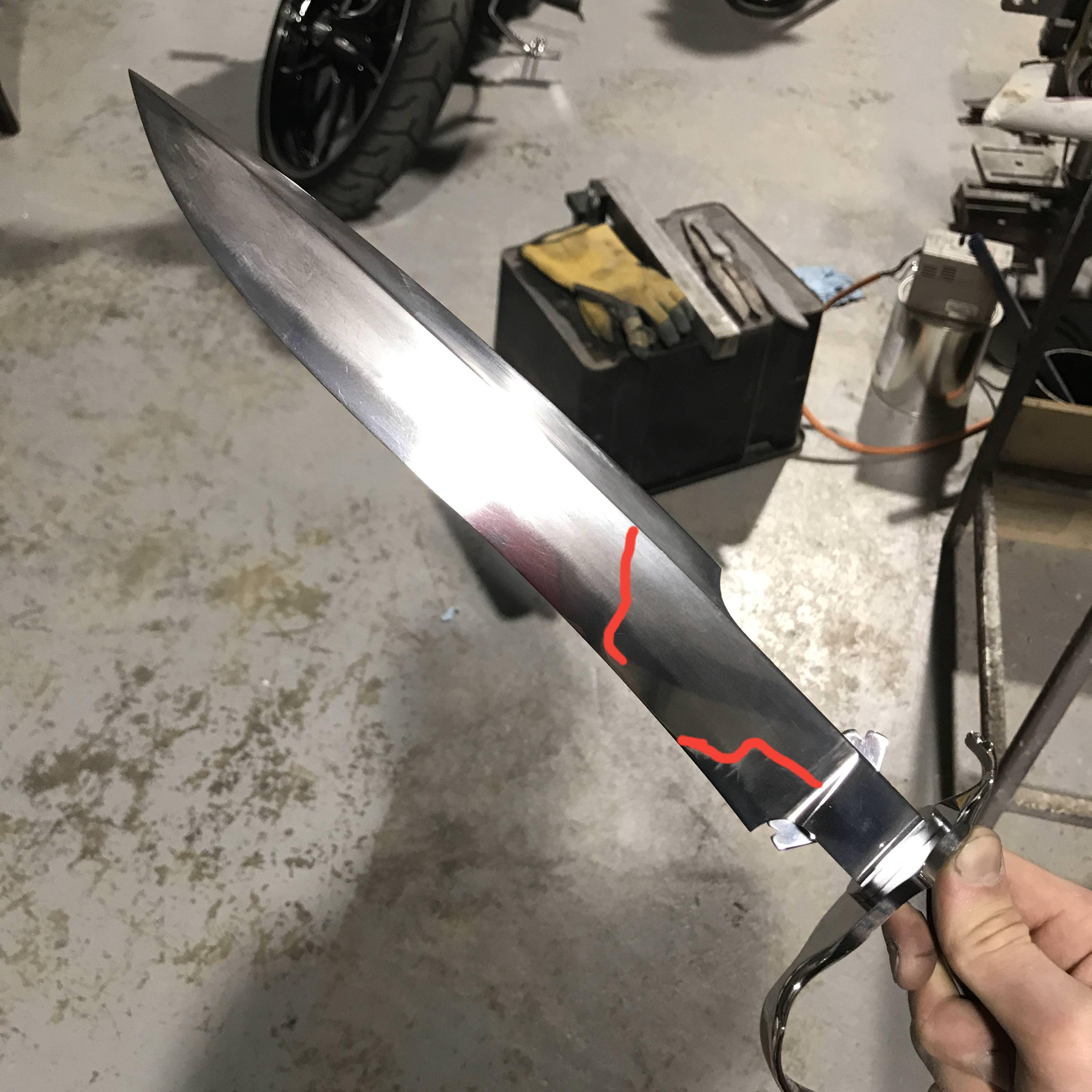- Joined
- Jul 8, 2017
- Messages
- 71
Can somebody explain to me what the cause of this may be? I just finished up polishing this blade and the Harmon seems to have this somewhat exploding/splintering effect going on. Everywhere else there are patterns that i would describe as palm prints! I cant wipe them off no-matter what i do though. I’m curious if anybody here would have any idea? Steel is oil quenched 1075.



Excuse the bad polishing btw, it still needs some touching-up






Excuse the bad polishing btw, it still needs some touching-up








